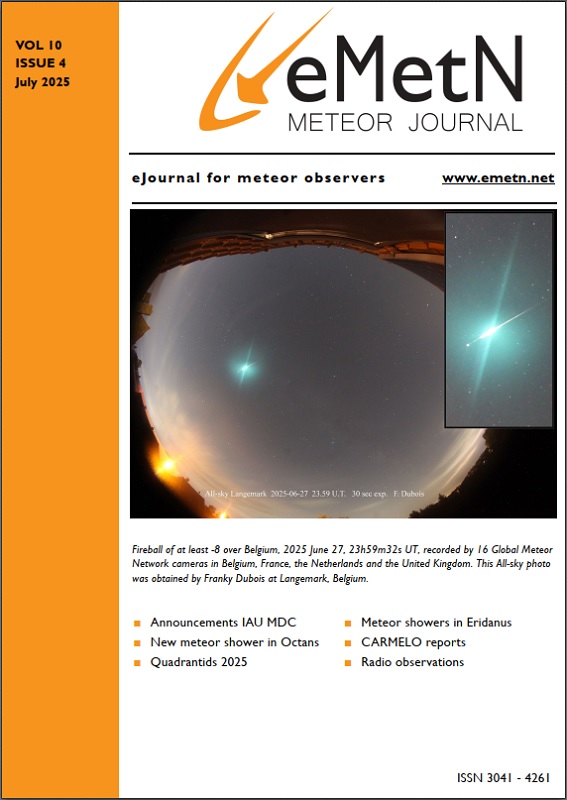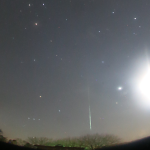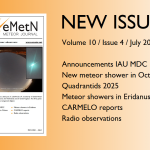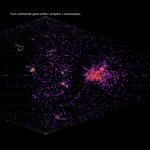Meteor Activity Outlook for 19-25 January 2019
During this period the moon will reach its full phase on Monday January 21st. At this time the moon will be located opposite the sun and will lie above the horizon all night long as seen from mid-northern latitudes. The bright moon will make viewing meteor activity difficult during this entire period.
Read More



